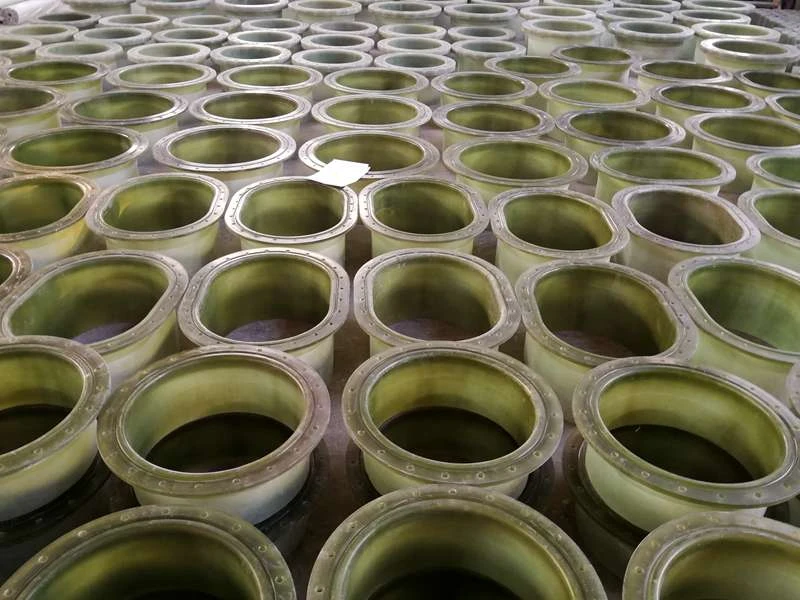
-
 Afrikaans
Afrikaans -
 Albanian
Albanian -
 Amharic
Amharic -
 Arabic
Arabic -
 Armenian
Armenian -
 Azerbaijani
Azerbaijani -
 Basque
Basque -
 Belarusian
Belarusian -
 Bengali
Bengali -
 Bosnian
Bosnian -
 Bulgarian
Bulgarian -
 Catalan
Catalan -
 Cebuano
Cebuano -
 China
China -
 China (Taiwan)
China (Taiwan) -
 Corsican
Corsican -
 Croatian
Croatian -
 Czech
Czech -
 Danish
Danish -
 Dutch
Dutch -
 English
English -
 Esperanto
Esperanto -
 Estonian
Estonian -
 Finnish
Finnish -
 French
French -
 Frisian
Frisian -
 Galician
Galician -
 Georgian
Georgian -
 German
German -
 Greek
Greek -
 Gujarati
Gujarati -
 Haitian Creole
Haitian Creole -
 hausa
hausa -
 hawaiian
hawaiian -
 Hebrew
Hebrew -
 Hindi
Hindi -
 Miao
Miao -
 Hungarian
Hungarian -
 Icelandic
Icelandic -
 igbo
igbo -
 Indonesian
Indonesian -
 irish
irish -
 Italian
Italian -
 Japanese
Japanese -
 Javanese
Javanese -
 Kannada
Kannada -
 kazakh
kazakh -
 Khmer
Khmer -
 Rwandese
Rwandese -
 Korean
Korean -
 Kurdish
Kurdish -
 Kyrgyz
Kyrgyz -
 Lao
Lao -
 Latin
Latin -
 Latvian
Latvian -
 Lithuanian
Lithuanian -
 Luxembourgish
Luxembourgish -
 Macedonian
Macedonian -
 Malgashi
Malgashi -
 Malay
Malay -
 Malayalam
Malayalam -
 Maltese
Maltese -
 Maori
Maori -
 Marathi
Marathi -
 Mongolian
Mongolian -
 Myanmar
Myanmar -
 Nepali
Nepali -
 Norwegian
Norwegian -
 Norwegian
Norwegian -
 Occitan
Occitan -
 Pashto
Pashto -
 Persian
Persian -
 Polish
Polish -
 Portuguese
Portuguese -
 Punjabi
Punjabi -
 Romanian
Romanian -
 Russian
Russian -
 Samoan
Samoan -
 Scottish Gaelic
Scottish Gaelic -
 Serbian
Serbian -
 Sesotho
Sesotho -
 Shona
Shona -
 Sindhi
Sindhi -
 Sinhala
Sinhala -
 Slovak
Slovak -
 Slovenian
Slovenian -
 Somali
Somali -
 Spanish
Spanish -
 Sundanese
Sundanese -
 Swahili
Swahili -
 Swedish
Swedish -
 Tagalog
Tagalog -
 Tajik
Tajik -
 Tamil
Tamil -
 Tatar
Tatar -
 Telugu
Telugu -
 Thai
Thai -
 Turkish
Turkish -
 Turkmen
Turkmen -
 Ukrainian
Ukrainian -
 Urdu
Urdu -
 Uighur
Uighur -
 Uzbek
Uzbek -
 Vietnamese
Vietnamese -
 Welsh
Welsh -
 Bantu
Bantu -
 Yiddish
Yiddish -
 Yoruba
Yoruba -
 Zulu
Zulu
Affordable and Durable FRP Housing Solutions
The Future of Affordable Housing FRP Housing
As urbanization accelerates and population densities rise, the demand for affordable housing is becoming increasingly critical. Innovative construction methods are desperately needed to address this pressing issue, and one of the promising solutions lies in the use of Fiber Reinforced Polymer (FRP) materials. FRP housing presents a sustainable, efficient, and cost-effective method for developing homes that not only meet current needs but also anticipate future demands.
What is FRP Housing?
Fiber Reinforced Polymer (FRP) is composed of a polymer matrix reinforced with fibers, typically glass or carbon. This combination results in a material that is lightweight, yet incredibly strong and durable. FRP has been utilized in various industries, such as aerospace, automotive, and marine applications. However, its potential for the construction sector, particularly in affordable housing, is just starting to be realized.
Advantages of FRP Housing
The use of FRP in housing construction offers several key benefits
1. Cost-Effectiveness Traditional construction materials like concrete and steel come with hefty price tags, not just in materials but also in labor and time. FRP panels can be prefabricated off-site, significantly reducing construction time and labor costs. This makes it a viable option for developers looking to provide affordable housing solutions.
2. Durability and Longevity FRP materials are resistant to corrosion, moisture, and pests, resulting in a longer lifespan compared to traditional materials. This durability translates to lower maintenance costs and less frequent repairs, which is particularly beneficial for low-income families who may struggle with unexpected repair bills.
frp housing

3. Sustainability The environmental impact of housing is a significant concern today. FRP can be manufactured using recycled materials, and its lightweight properties allow for reduced transportation emissions. Additionally, the efficiency in energy usage during construction and throughout the life cycle of an FRP home contributes to a lower carbon footprint.
4. Design Flexibility The versatility of FRP allows for innovative architectural designs that can cater to a variety of needs. Whether creating compact housing solutions for urban environments or larger family homes in suburban areas, FRP can be molded into various shapes and sizes, providing more options for developers and future homeowners.
Challenges and Considerations
While the advantages of FRP housing are compelling, there are challenges to consider. The initial cost of FRP materials can be higher than traditional options, though this is often offset by the overall savings from quicker construction times and lower maintenance costs. Furthermore, education and training are critical for builders accustomed to traditional materials. It's essential to develop a skilled labor force that understands the unique properties and handling procedures of FRP.
The Road Ahead
As the world confronts a growing housing crisis, leveraging new technologies and materials like FRP is not just an option but a necessity. By embracing FRP housing, communities can create safe, affordable, and sustainable living environments for all. It holds the promise of revolutionizing how we think about and approach affordable housing solutions, paving the way for a more resilient future.
In conclusion, FRP housing represents an exciting frontier in the quest for affordable housing. With its numerous advantages, it is poised to become an integral part of the solution to the global housing crisis, making quality living spaces accessible to everyone. As we continue to innovate and adapt, the future of housing may very well lie in the fibers of FRP.









